Sigve Knutson
designer profile
signe knutson
PUBLISHED IN IMPRINT
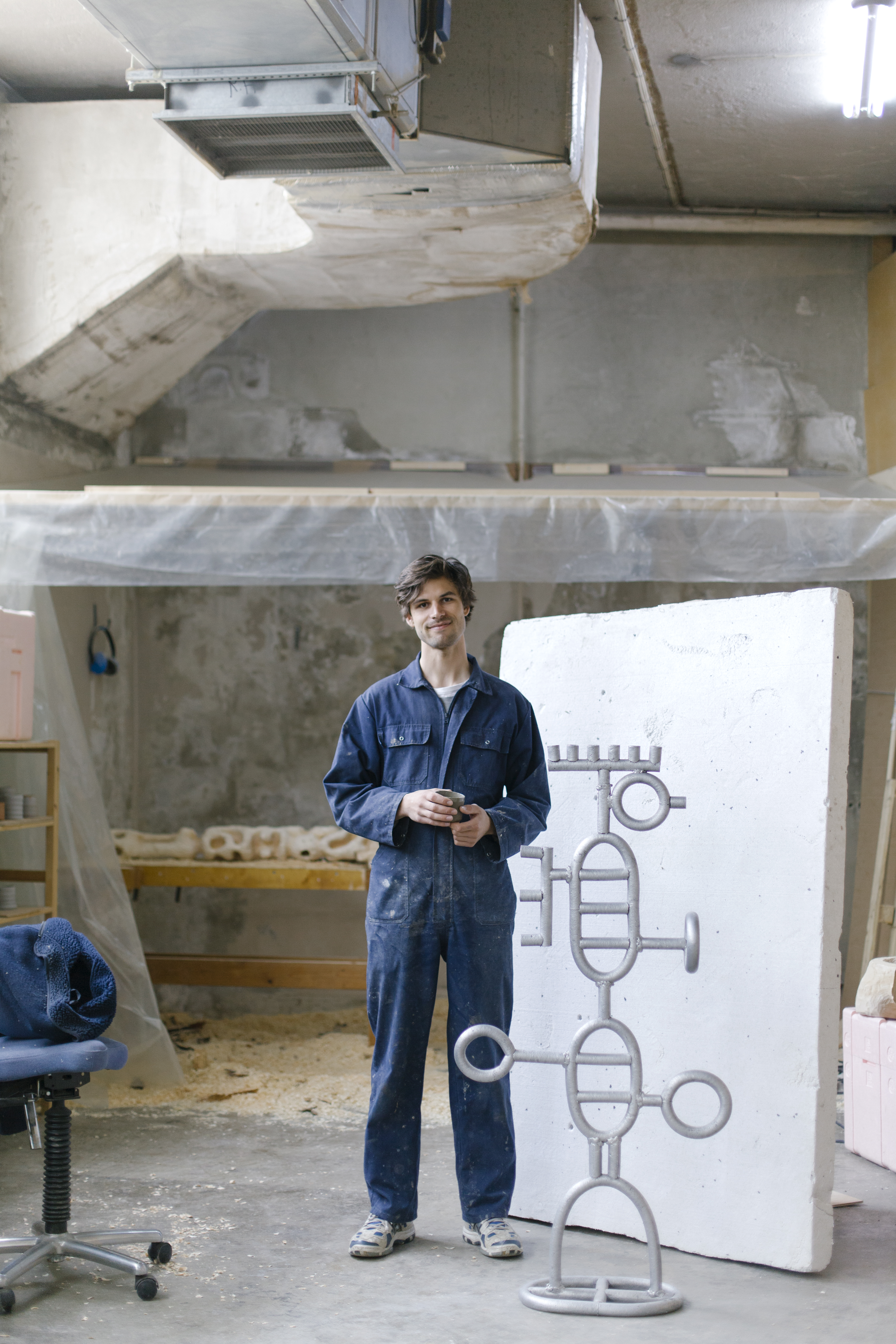
Photography by Sigrid Bjorbekkmo
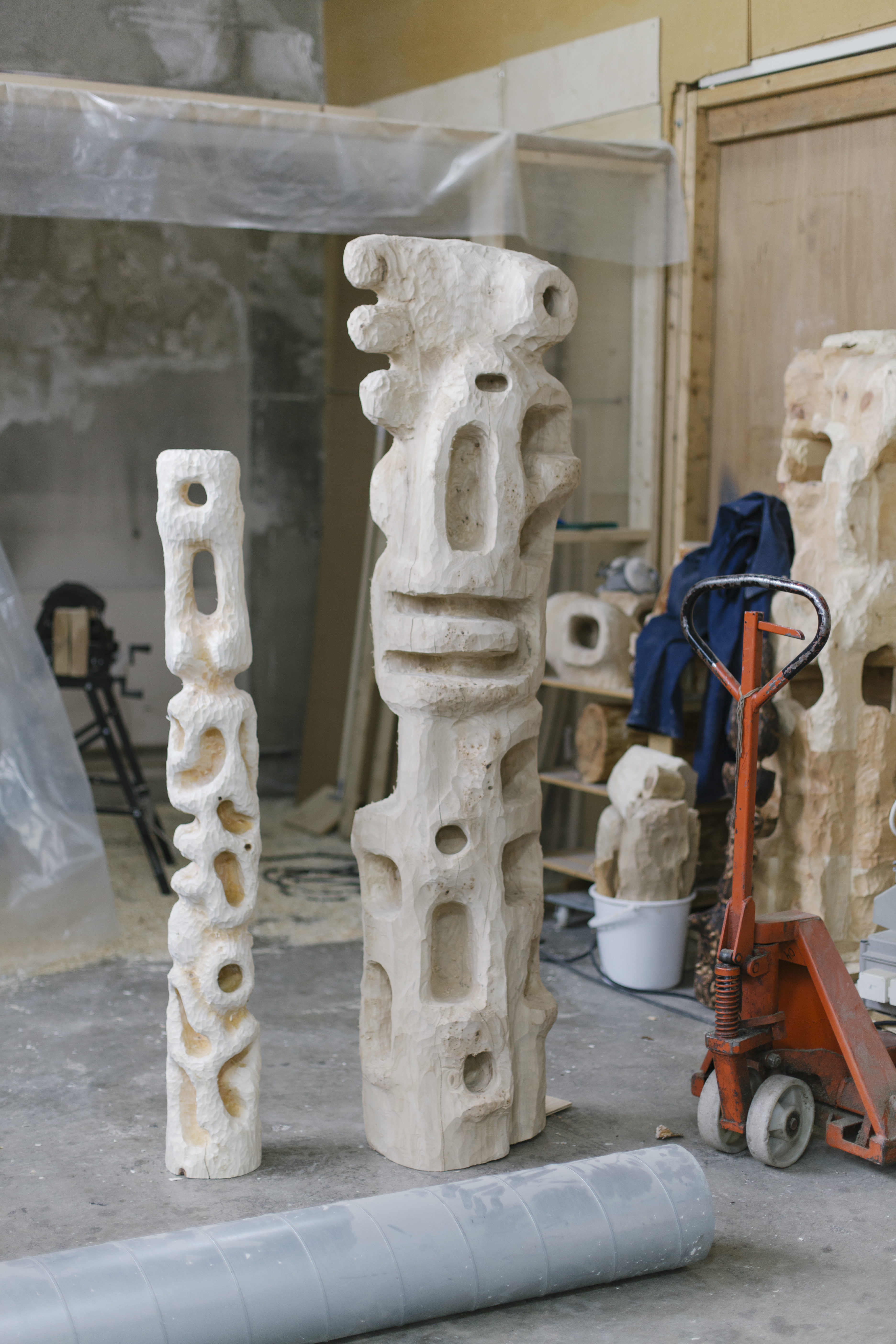
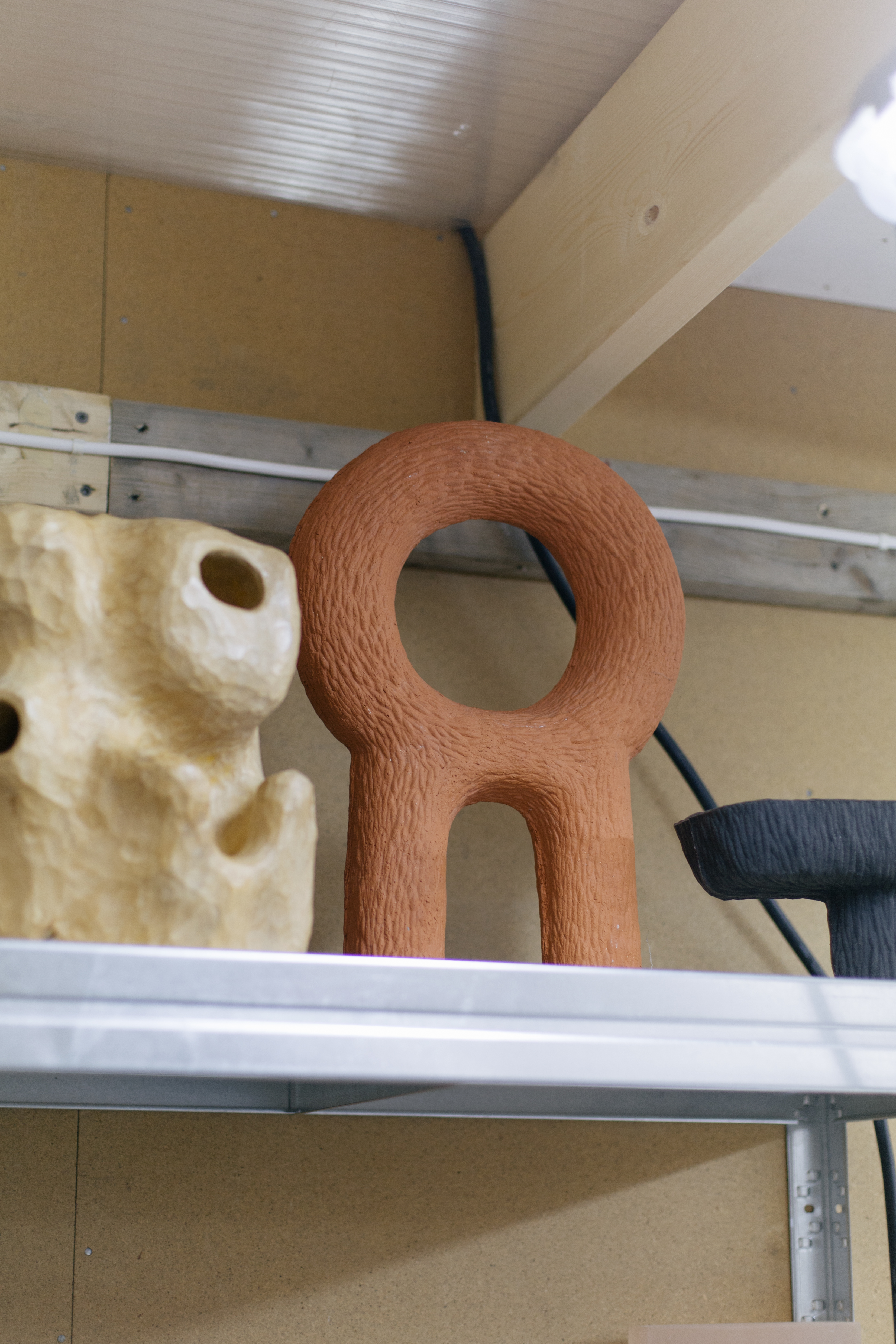
As if out of thin air, Oslo-based designer Sigve Knutson entered the international design scene with a bang. The young object creator’s experimental approach—in terms of techniques, style, and mentality alike—has had designers, artists, the press, and general enthusiasts turn heads ever since he graduated with an MA in Contextual Design from the Design Academy Eindhoven in 2016.
Even though he calls himself an experimental designer, it’s both hard and unfair to put this creative talent in a frame like that. Sigve Knutson is a curious creator without boundaries, he is concerned about nature, materials, and the history of handcraft and techniques, but is never limited to them. He is a maker, a challenger, a thinker.
Let’s pick his brain a little.
Even though he calls himself an experimental designer, it’s both hard and unfair to put this creative talent in a frame like that. Sigve Knutson is a curious creator without boundaries, he is concerned about nature, materials, and the history of handcraft and techniques, but is never limited to them. He is a maker, a challenger, a thinker.
Let’s pick his brain a little.
Hi Sigve. What is design? When does design become art?
If design offers solutions then art gives possibilities would be an easy way of putting it, but to be honest, I think the lines have been blurred a long time ago. It is contemporary culture more than it is design or art.
For me, it is important to be as open as possible when it comes to what to do for work. It leads to more interesting results when you dare go out of the comfort of your own profession. What I do is defined by dreams and goals, not by pre-defined categories that people tend to work within. An ongoing questioning of the discipline is what drives design forwards, not providing conclusions. I also tend to see my work as that; a growing, hard-to-organise collection of objects, where one thing is followed by another, and not conclusions. For instance, I am very eager to build a building or at least some architectural freestanding element. I love it when what I make becomes non-functional, but something special happens when functionality and content meet and support each other. This is not something that comes easily, but it is worth striving for.
I am interested in the connection to everyday life that design offers. It is something that is everywhere and yet sort of remains unseen by most, and I think this offers a great space to create work within and for. It creates a connection for the people who go see my work.
The world is very concerned about nature and sustainability as well as natural materials and natural processes these days. Is there a difference between the three elements? When does nature stop being nature and become just a material?
For me, nature and the man-made are two opposites. The two do not go together easily. I am interested in the man-made and our ever-evolving tradition of working natural elements into things that we need. I think that the “need” is something that goes beyond only solving problems. We need people who dare to share their views on the world, and the way we share those views should be as diverse as the views are.
We are facing major and complex problems, and I think that is why more and more design-trained people now find refuge in the realm of their studios and the small-scale or unique works that one can create in these spaces. It is a space for experimentation and thinking through the making process.
There is also something very humane about making the works by yourself. You have to take care that you do not expose yourself to too much dangerous work and materials, and in a very direct way, you are responsible for the things that you make and can feel it physically when you are doing something wrong.
What’s an experimental designer?
To be an experimental designer means to experiment with what it could mean to be a designer. At least, that is how I see it right now. Another perhaps better description could be author-designer, a designer who uses artistic talents, curiosity, intuition, and a extensive research when approaching object making.
You’ve said that you believe that you are searching for “a connection to humanity’s collective creative past”. What do you mean by that? Why do you care so much about our past and history?
I am not interested in the history of it, but I am searching for a connection, something I can only do if there has been a disconnection. It is more of an instinct and perhaps something done intuitively, but I think it is worth diving into, as we have seen major changes in the last hundred years or so. It is not simply romanticising what used to be; it is something deeper than that, and it is moving forwards not backwards. Moving backwards can only be done by faking it.
Exactly how do your objects help you get closer to this past and “the person who, a millennia ago, discovered that sharp stones work well as a chopping tool”?
My process is to approach materials with a similar curiosity and intuition, as I imagine the person who discovered that sharp stones work as chopping tools must have had. I feel like it is not about bringing my work or myself closer to the past, but it is seeing and discovering new things and meanings.
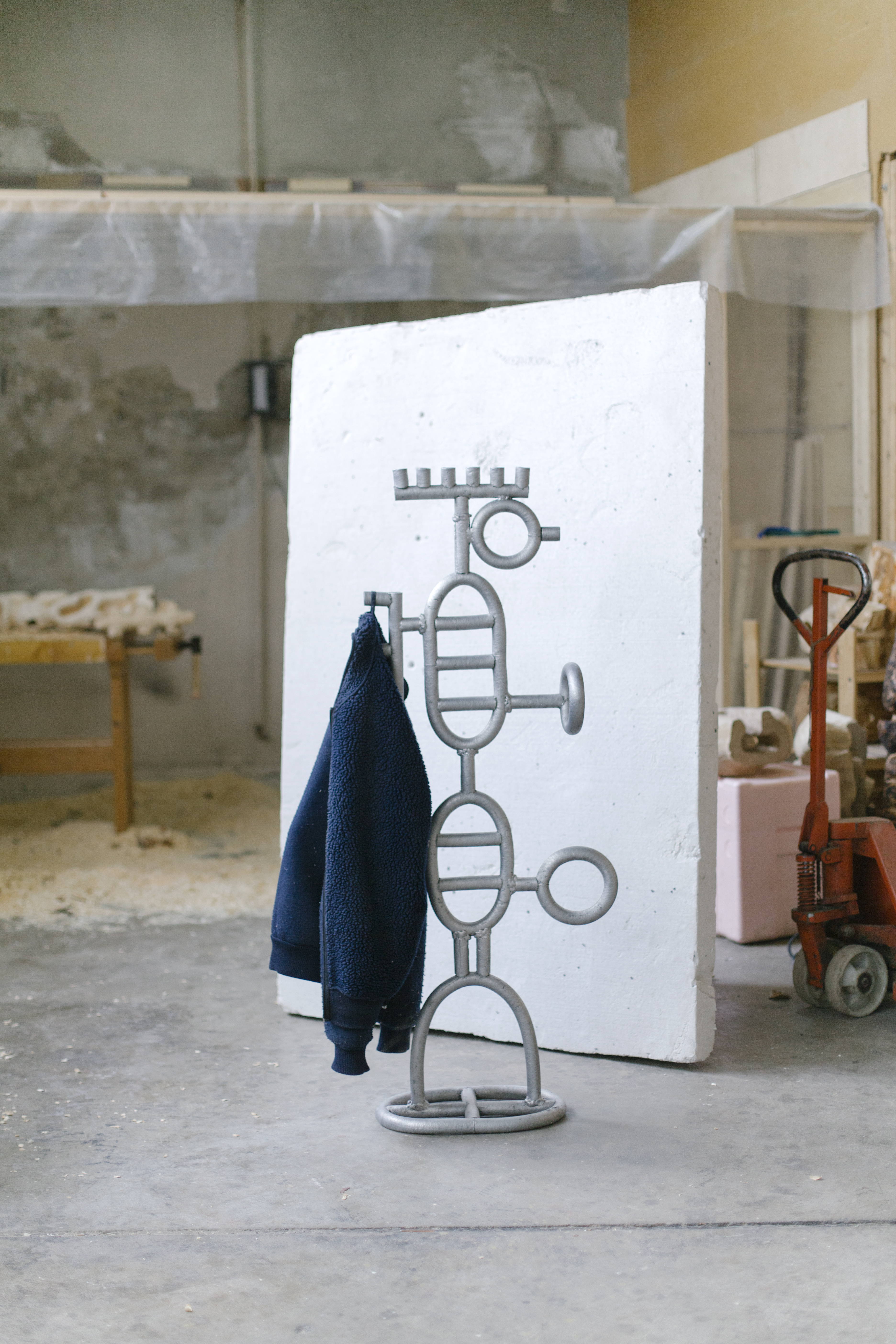
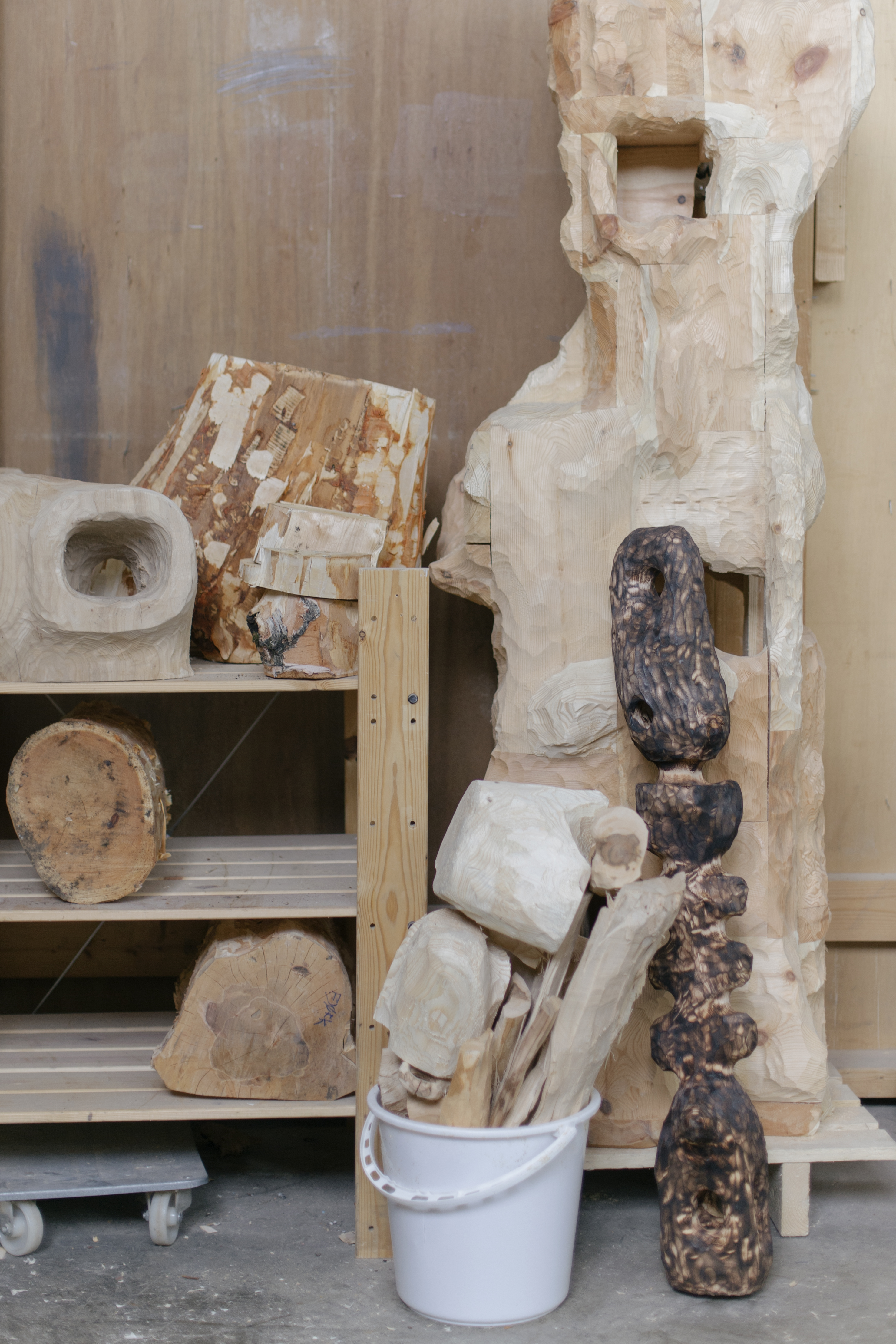
People shape objects, but how do objects shape us?
Manmade objects, tools, and products surround us and enable us to live the life we know and want. They are, in that sense, tools that, on an abstract level, reflect the cultural, social, and technological reality of our times. Objects have the power to significantly influence, change, and improve the way in which people act and experience the world.
Please tell me about an object that has shaped you, and in what way.
I think all objects shape us in one way or another. Sometimes in a very literal way, but most of the time, objects shape the way we understand our time. In a way, they are building blocks that we use to build our life.
Designers keep bringing important challenges and topics up for discussion—consumerism, sustainability, plastic, handcraft, and how to maintain old techniques and so on. Let’s say you were asked to give a lecture tomorrow—what new topic, or at least arguments, would you like to bring to the table?
If I were to hold a lecture today, I would probably talk about crafts, materials, and production techniques that I have found and learned about through YouTube. It sounds a bit stupid, but it is actually a great source for somebody like me who is constantly looking for something new to do.
It sounds like a great way to gain new knowledge. I guess the whole world of “learning” is changing. YouTube, podcasts, and online courses are constantly challenging the universities. What do you think about this? You have an MA, but would you recommend that young designers/artists study at school, or should people open their minds to different ways of learning?
I can only refer to my own experience with school, and from what I know, schools are absolutely crucial. Without them, I think we would end up in a messy soup of objects that imitate each other. I think that people should take more time to think about where they study and make sure that they are surrounded by people who have high ambitions. I took my MA in a school [Design Academy Eindhoven] that was a design project in itself. And projects can fail, but I think that this openness and willingness to try and fail from the school’s side was what made it so good and helpful. There was always this duality. A mentor could be helpful and confuse me at the same time. Education should be about failing and learning, and perhaps it’s a good sign if a school reflects this idea and also fails and learns instead of running the same well-proved educational programs.
I think that all the knowledge that the new media is generating and sharing is a great tool for new knowledge, but you have to learn what to do with that knowledge and how to direct it, so that it is helpful to you and your projects. Otherwise, you would easily make something similar to what you saw on that craft-based YouTube channel.
The designs schools (usually) teach you everything from design and art history to techniques and the business of running your own studio. What do you think is the most important thing to know before starting a career as an independent designer or artist?
Wow, hard question. Perhaps to lose the feeling of love for the things you make. I remember it being a big part of my education, since I was not really making a lot before I started my education. I would always be really happy with the things that I made simply because I made them. It was never really great, but I liked it so much and was blinded by it. It took me almost the whole education period of five years of five years to really be able to separate that feeling from all the other thoughts about an object.
Why do you think it’s important to separate your feelings from what you’re making?
That’s the only way you can see and understand your object as part of a context and all the other things we’re surrounded by. If not, it would be like being in love, where you don’t see anyone but the one who got your heart.